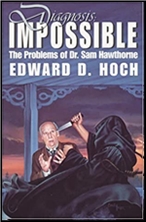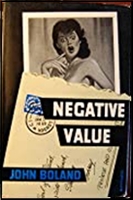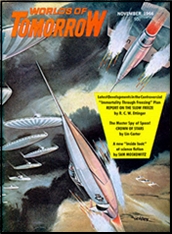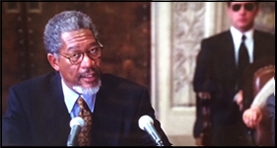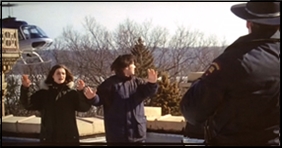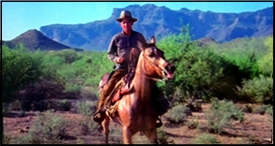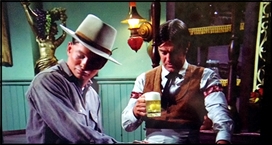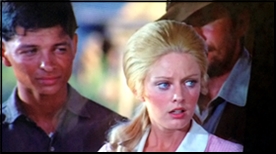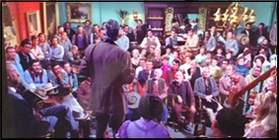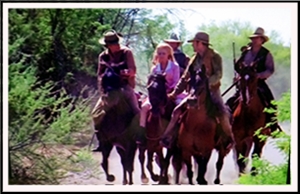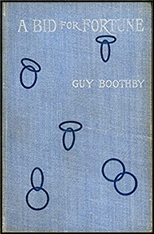Sun 27 Dec 2020
A Movie Review by Dan Stumpf: THE CREATION OF THE HUMANOIDS (1960/62).
Posted by Steve under Reviews , SF & Fantasy films[10] Comments
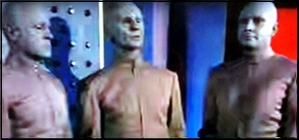
THE CREATION OF THE HUMANOIDS. Genie Productions, 1960/ Emerson Film Enterprises, 1962. Don Megowan, Erica Elliott, Frances McCann and Don Doolittle. Written by Jay Simms. Directed by Wesley E, Barry.
A Truly Strange item, made in eye-searing color the same year as Dr. No, for peanuts and it looks it. It’s about the eventual replacement of human beings by Robots, but unlike most films of this genre, it depicts the robots sympathetically, the humans as boors, and the whole process as genetically inevitable, which evinces a feel for the SF genre surprising in a film so tawdry.
Having said this, I have to add that it’s incredibly dull.
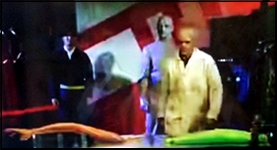
It has that terrific title, neat sets, and even implies kinky sex between humans and robots, but it’s all presented in an astoundingly static fashion. You may find it hard to credit this next sentence, but I assure you I do not exaggerate here for dramatic effect. Nothing happens for the whole run of the film.
I mean NOTHING. Aught. Naught. Bugger-all. Bupkis. Diddly. Goose Egg. Nihility. Nil. Scratch. Squat. Void. Zip. Nada. Zero. Non-existence. What Sartre was fond of calling “nothingness.” People stand around and talk, then say they’re going someplace else. The scene shifts there, and they stand around and talk some more. I say “talk”, but actually they Explicate, conveying all the background and plot development (as in a Harry Stephen Keeler novel) by means of endless conversations in stilted language between actors of very limited range.
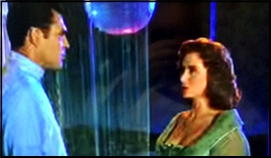
It’s quite possible, of course, that the filmmakers were doing this intentionally to convey the sense of a sterile society, in which the substitution of machines for men will be a mere formality, and if so, I must admit they certainly succeeded. Unfortunately, they forgot to make it Watchable. What they ended up with was a movie that merits some attention on an intellectual level, as a curiosity, but fails totally to convey any conviction at all.
I admit that it stays in the memory, but so does an irritating commercial jingle. And commercials, unlike The Creation of the Humanoids, are mercifully brief.
